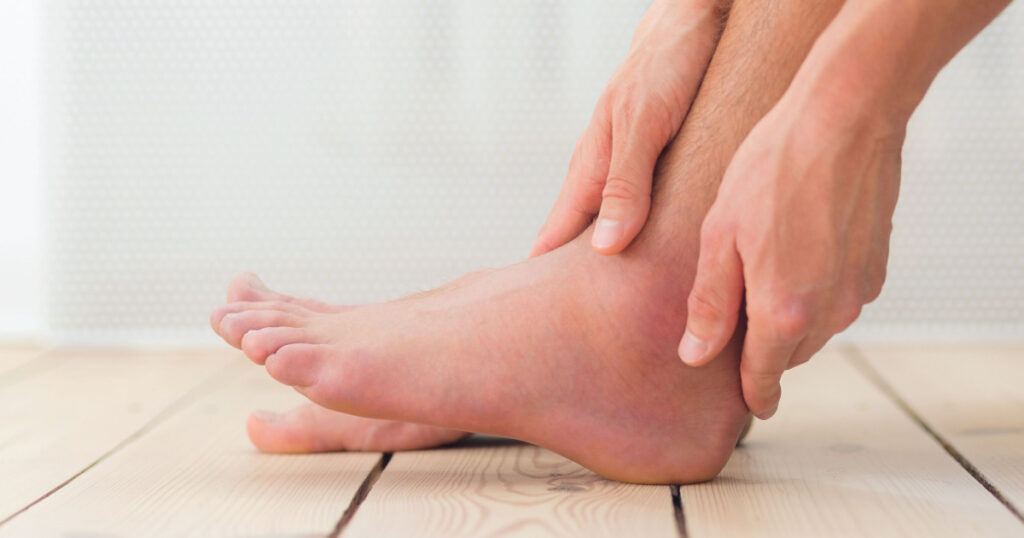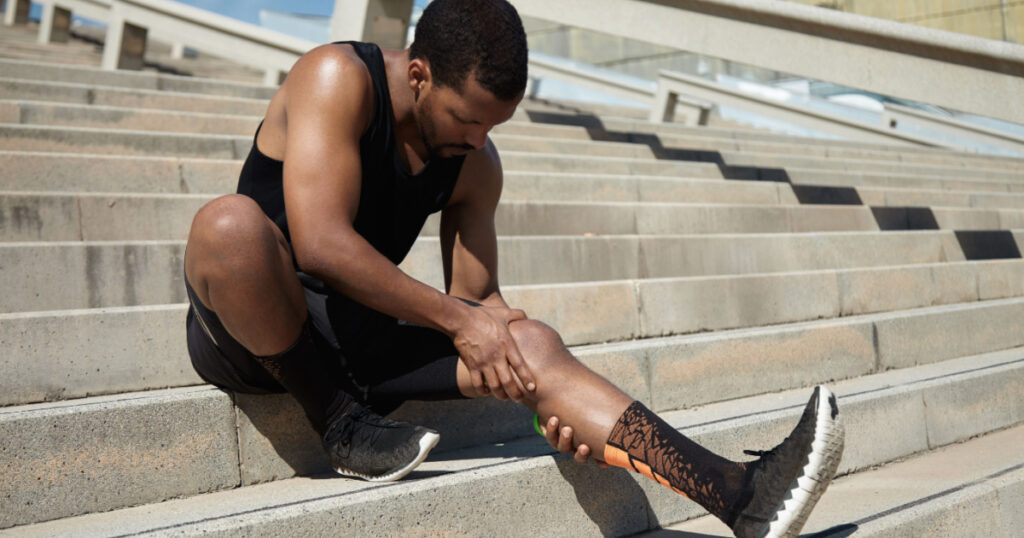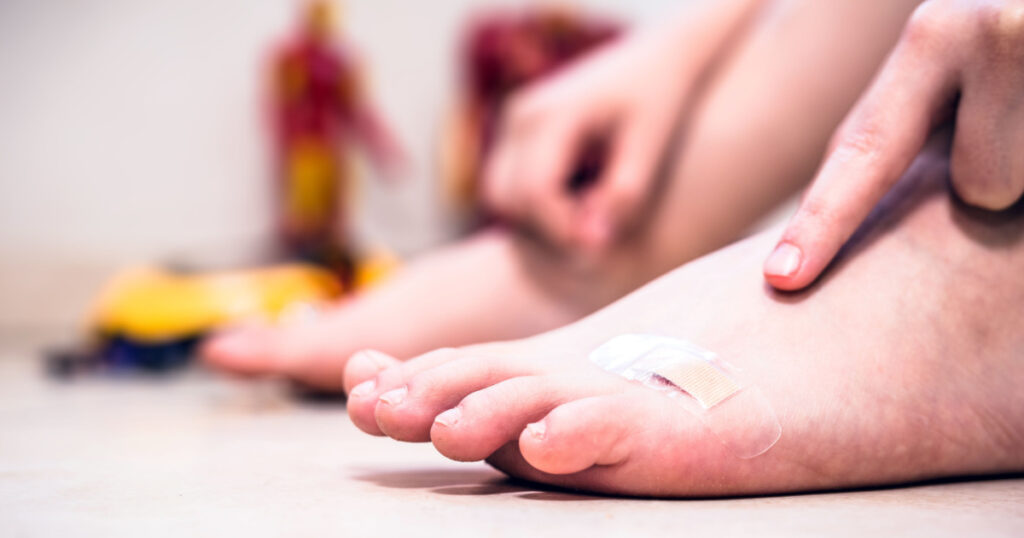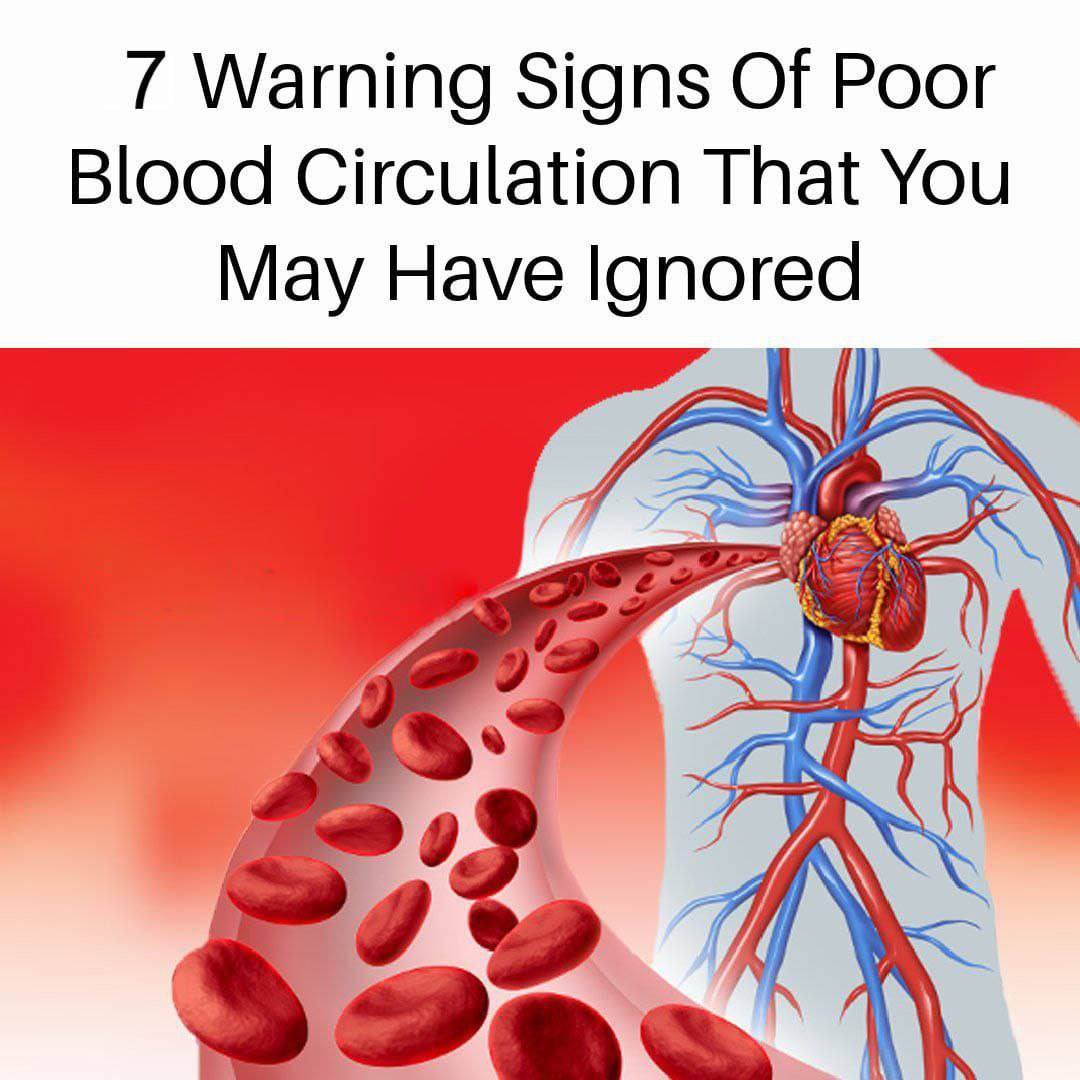
Fluid accumulation and swelling in the legs, ankles, and feet may indicate poor circulation. Inadequate blood flow causes fluid retention and can lead to edema. If you have a history of heart disease, diabetes, or kidney disease, it’s important to monitor your leg swelling closely. Many factors can cause fluid retention, such as standing too long in one place or sitting down for long periods at work.
4. Muscle cramps and pain

Poor circulation can result in muscle cramps and pain, especially during physical activity. Insufficient blood supply deprives the muscles of oxygen, causing discomfort and cramping sensations. Muscle cramps and pain can also be a sign of dehydration and low salt levels in the body. If you’re experiencing these symptoms, drink plenty of water and eat salty foods to replace lost electrolytes.
5. Slow-healing wounds

If wounds or sores take longer to heal than usual, it may be due to poor circulation. Healthy blood flow is essential for delivering nutrients and oxygen to the healing site, promoting faster recovery.
6. Hair loss and brittle nails



